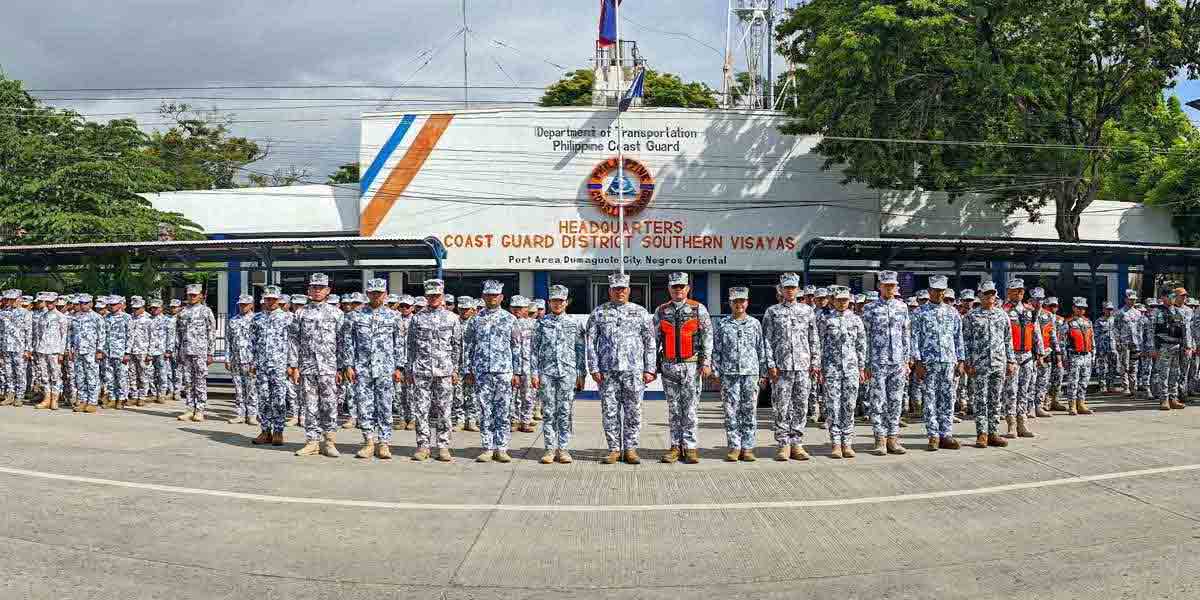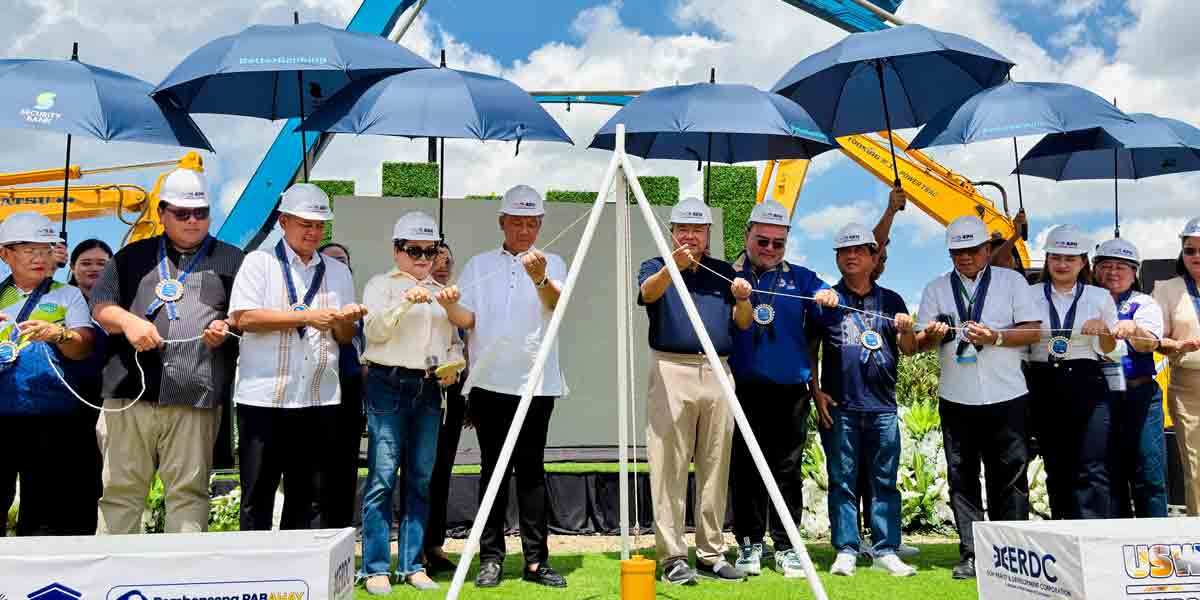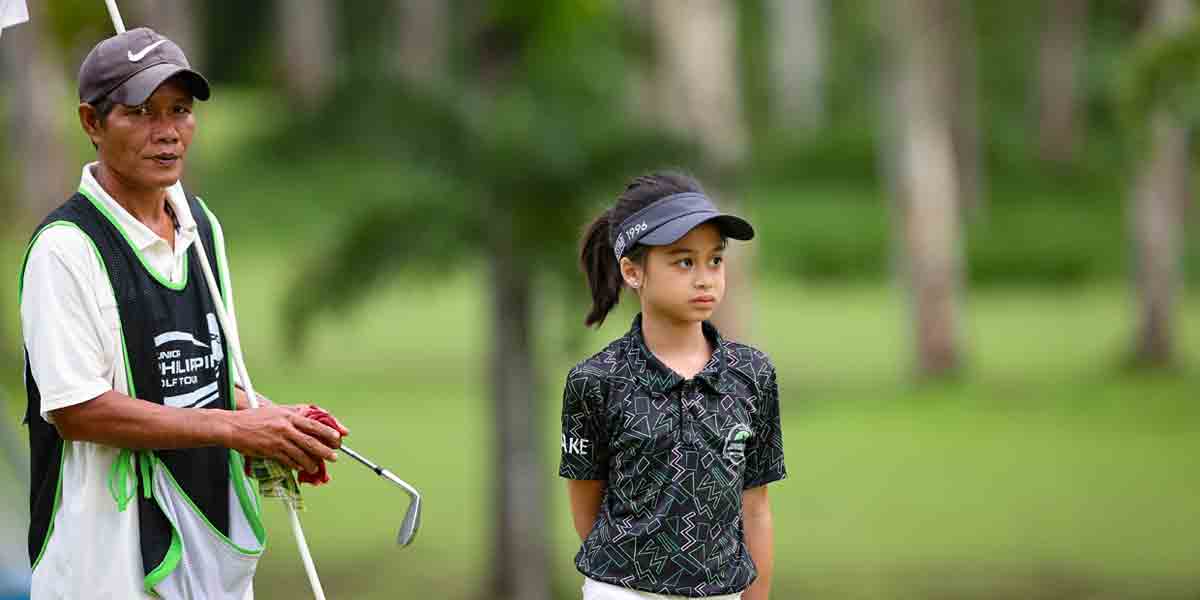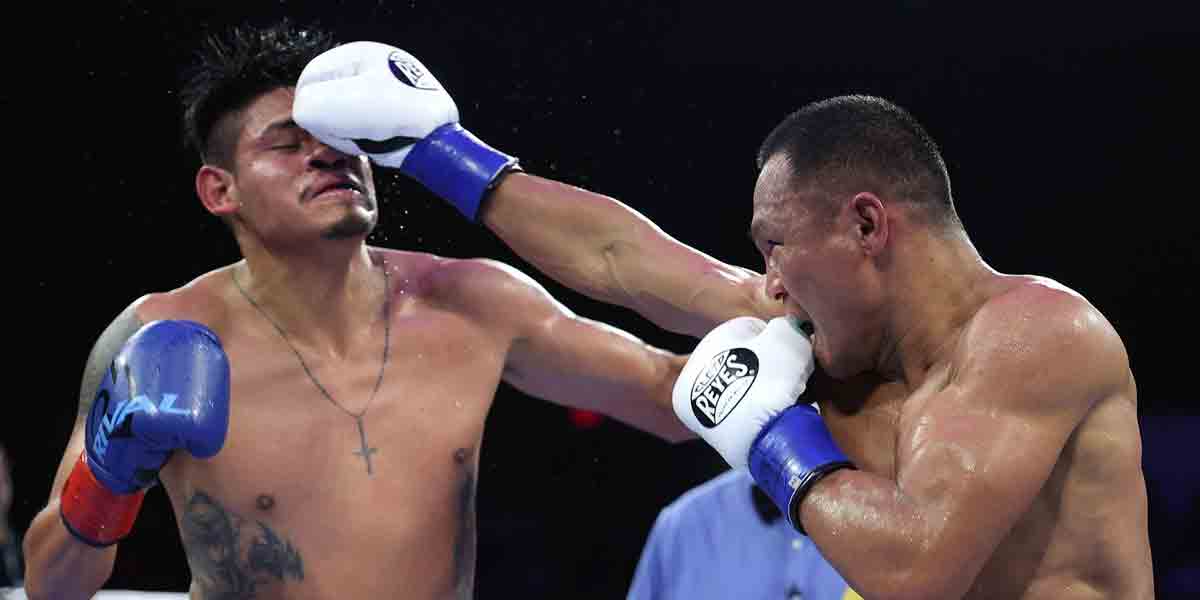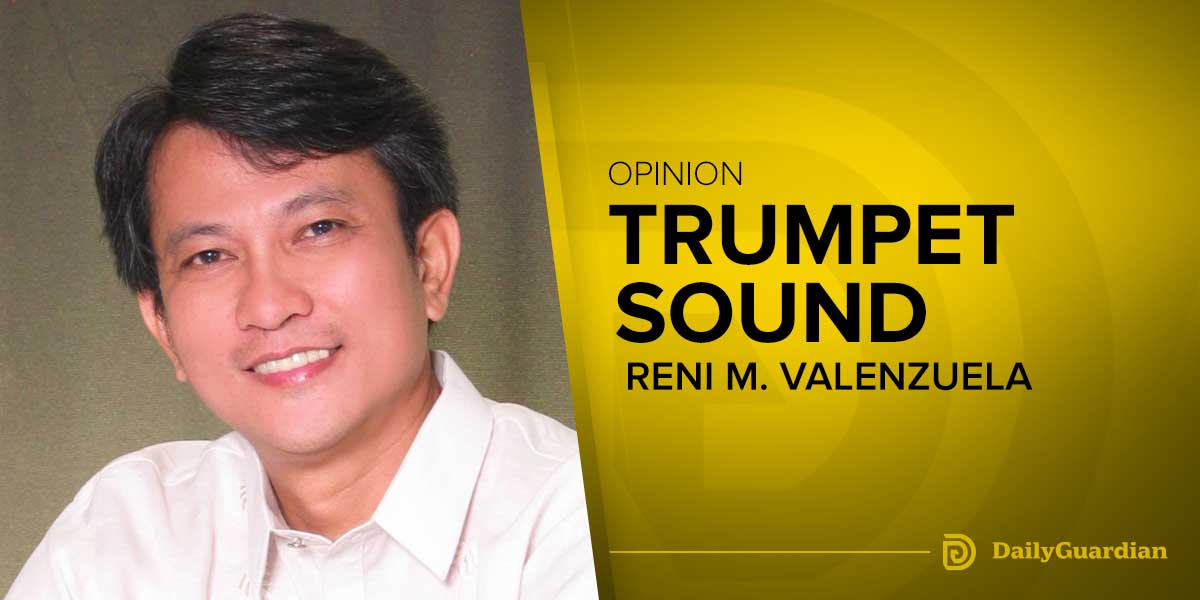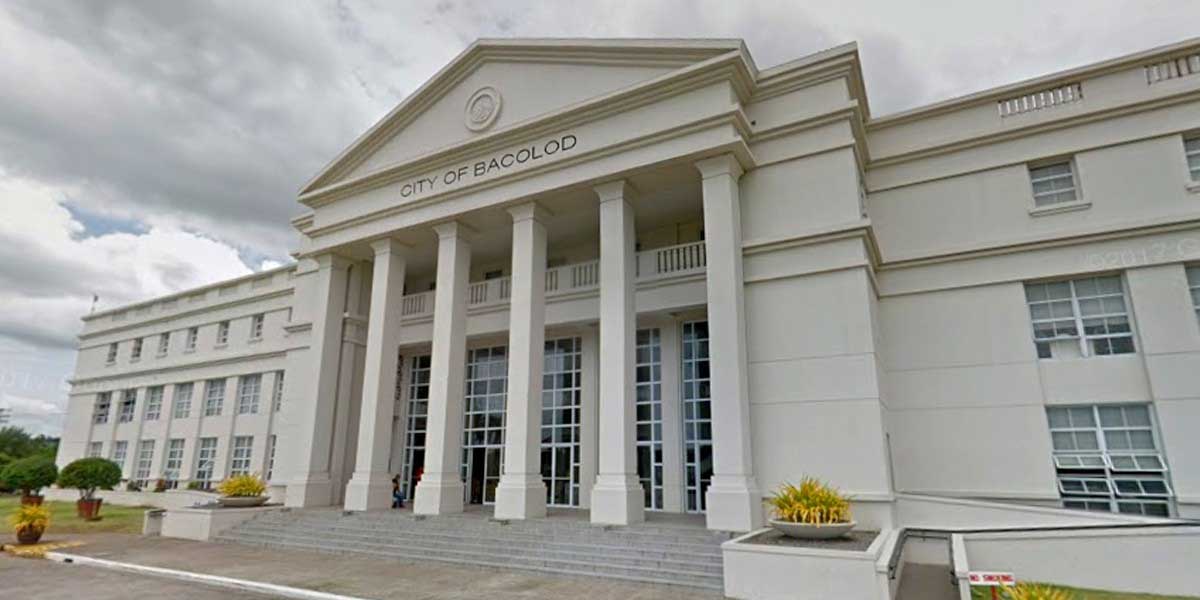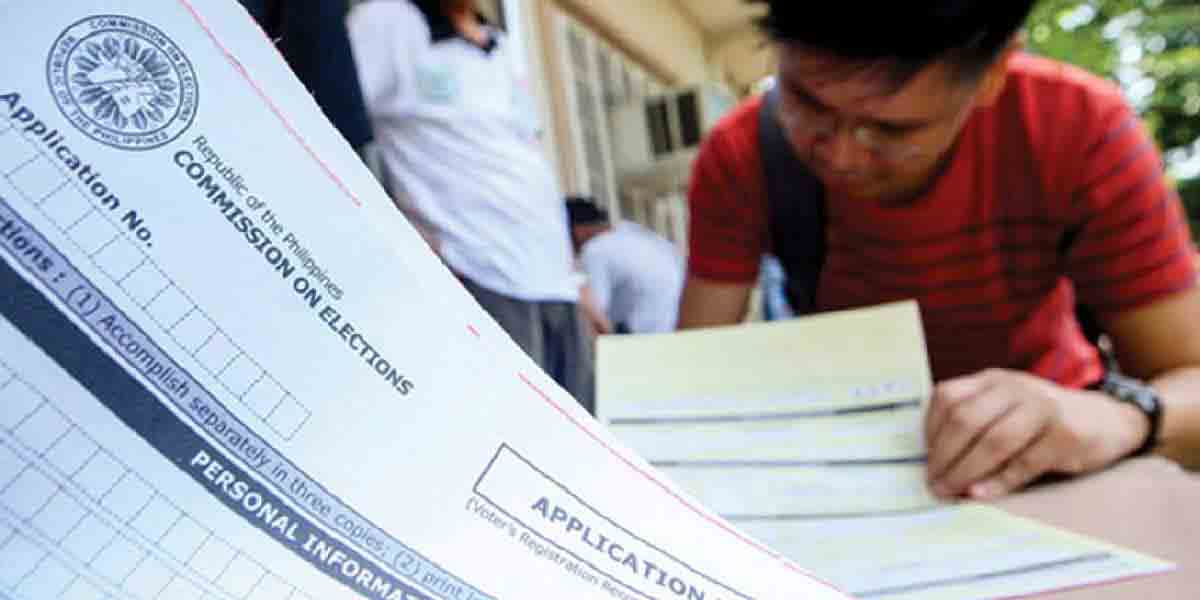By Ayra Monette S. Tamaray
Dreaming to be a journalist in the Philippines is like entering an arena full of landmines. I know that going into the field is fatal, but I continue to move forward anyway.
Journalist killings in the country have been going on for years. Yet, the Duterte administration remains stranded in the middle of the road- slow to find the path towards securing justice for the journalists.
Rappler reported that on Dec. 8, another journalist in Samar province was killed. For most people, it’s just another addition to the cases of assassinations in the country. Yet, in reality, this is another death of justice.
Committee to Protect Journalists (CPJ) Global Impunity Index 2021 showed that the Philippines ranked 7th among 12 countries where journalists are slain, and the killers remain free. The CPJ index further stated that the country has had at least 13 unsolved killings over the past 10 years.
This number symbolizes the administration’s neglect of the journalist killings in the Philippines. The country, over the years, remains a dreadful place for media to express their freedom of expression.
While this index sounds alarming for the country, the GMA News reported that the Presidential Task Force on Media Security (PTFoMS) said it “notes with optimism” the CPJ result. Because “the CPJ made no country specific report on the Philippines unlike in the past when critics feasted on mostly critical observations by CPJ.”
What optimism would it be when the Philippines actually deserves more than a plain commentary. The country needs a clear and concrete plan to secure justice in these journalist killings.
However, this seems to be nearly impossible as President Rodrigo Duterte has been vocal about his stance against the journalists in the country. The Time reported that in 2016, Duterte said, during a press conference, “just because you’re a journalist you are not exempted from assassination, if you’re a son of a bitch.”
Well, for the most part, Duterte could have been joking, like he or his former spokesperson Harry Roque constantly asserts to get away from criticisms. Yet, Duterte’s statement against journalists eventually coincided with the numerous media killings in the following years.
But why does the present administration shy away from this issue? It is known that the press has been a great critic of the administration, especially regarding Duterte’s war on drugs and the controversial extrajudicial killings (EJKs).
Journalist Manny Mogato shared on his Facebook post that Jesus Malabanan, the latest slain journalist, was a longtime stringer of the Reuters and even helped the news organization in the drug war stories, which won a Pulitzer in 2018.
In 2017, Human Rights Watch reported that two gunmen killed columnist and reporter Leodoro Diaz in Sultan Kudarat. Before Diaz was killed, he even told his colleagues that he was to file a report on illegal drugs. Yet, the motive for his killing remains ambiguous.
The Duterte administration must be so out of touch with the press’s plights and the victims’ families that instead of providing assurances on the apprehension of criminals, his administration further aggravates the people. Take, for example, in 2021, the Facebook page of the Armed Forces of the Philippines (AFP) Information exchange released a list of names of journalists and students who are so-called part of the communist group New People’s Army (NPA) without sufficient evidence.
Ultimately, as long as the Duterte administration remains in power, justice is yet to be found. As the 2022 election nears, the reminder for the voters stays the same; do not let the horrible history repeat itself. And, for the current administration, the call is still in red underline; let justice be served.
Ayra Monette S. Tamaray is a second Year BA Communication student of the University of the Philippines Baguio.



